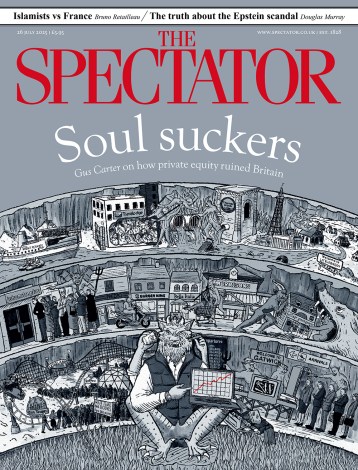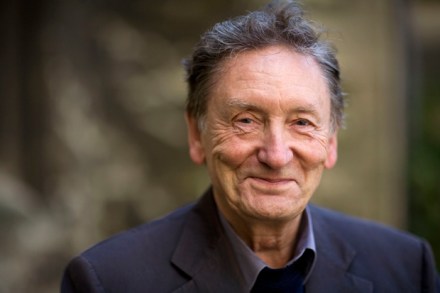Rosa Wedding Day
More than a thousand buds have arrived in the garden. Yesterday I looked and there were none. Tangled into a slump of sullen green and bursting with sap they’ve over-run the armandii buddleia jasmine vine and cluster by cluster flick their swollen thumbs or sit on their fingers waiting to open, point their beaks up



















